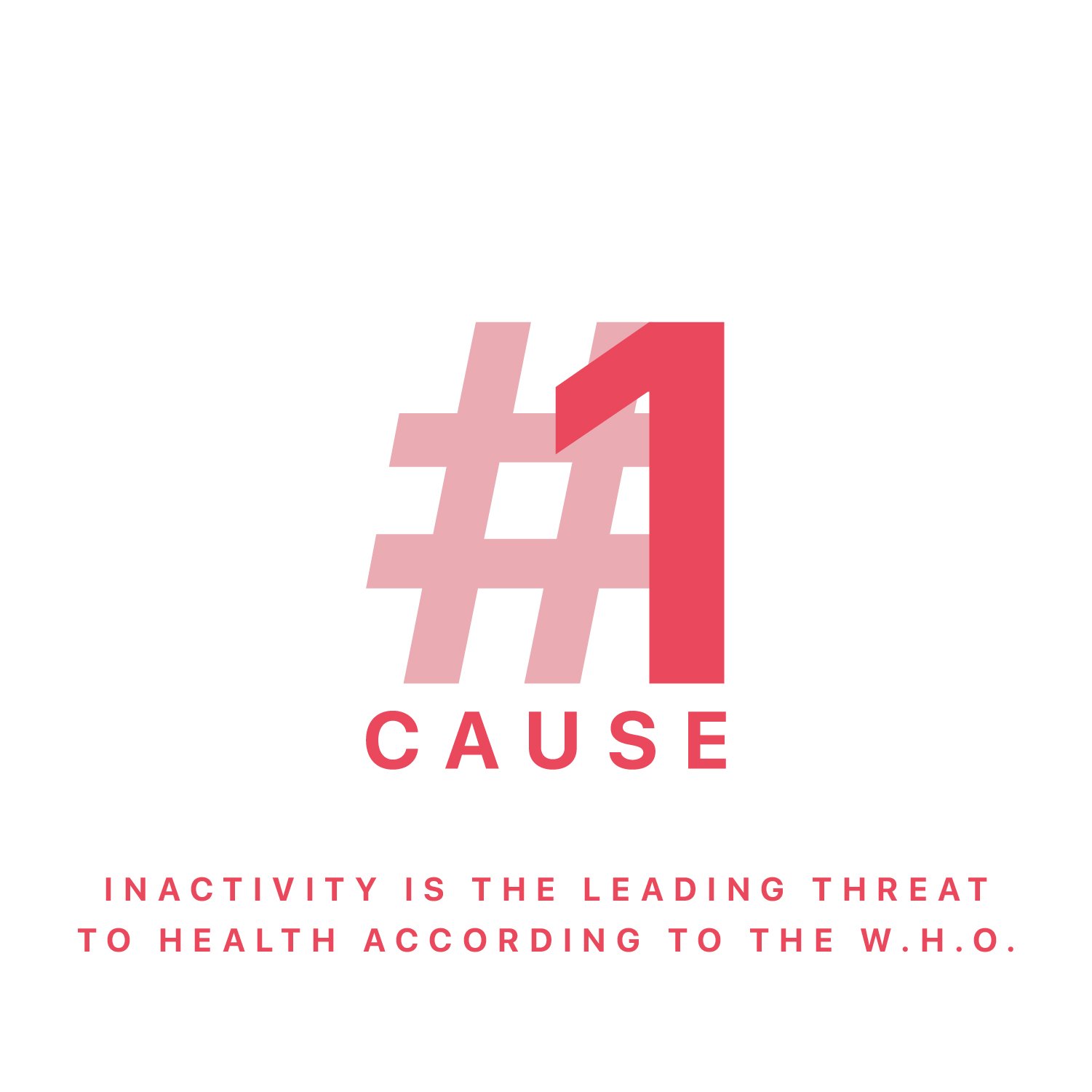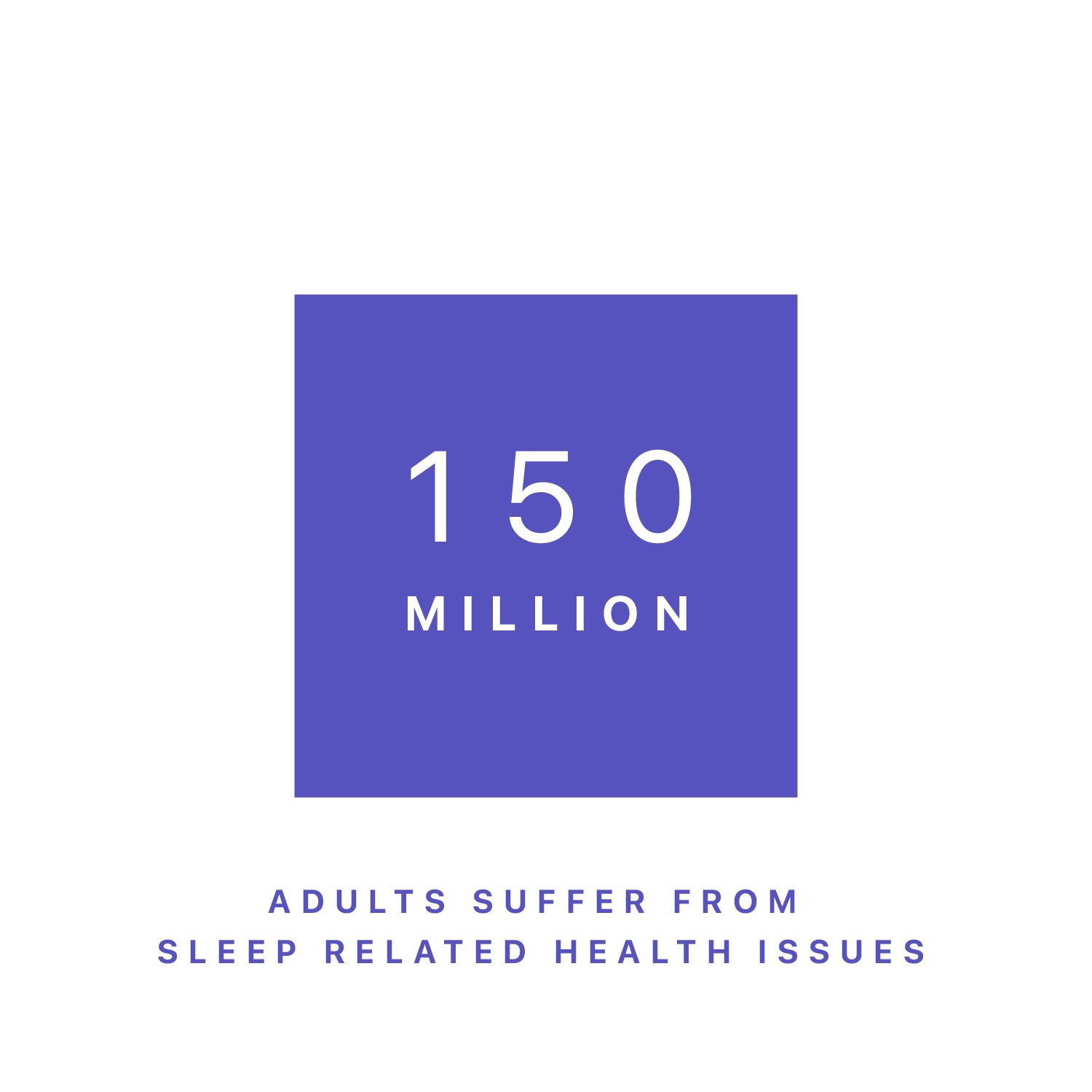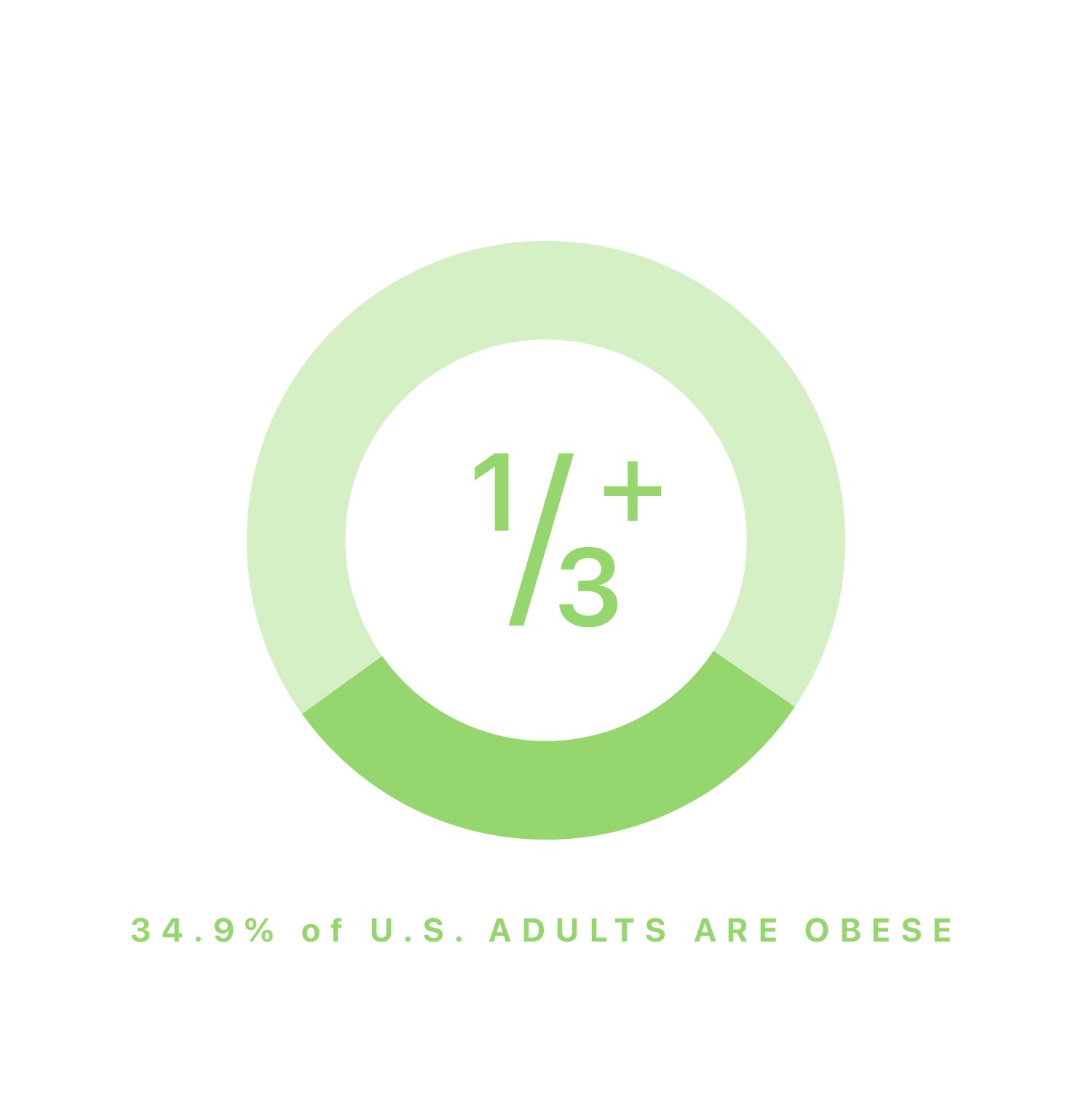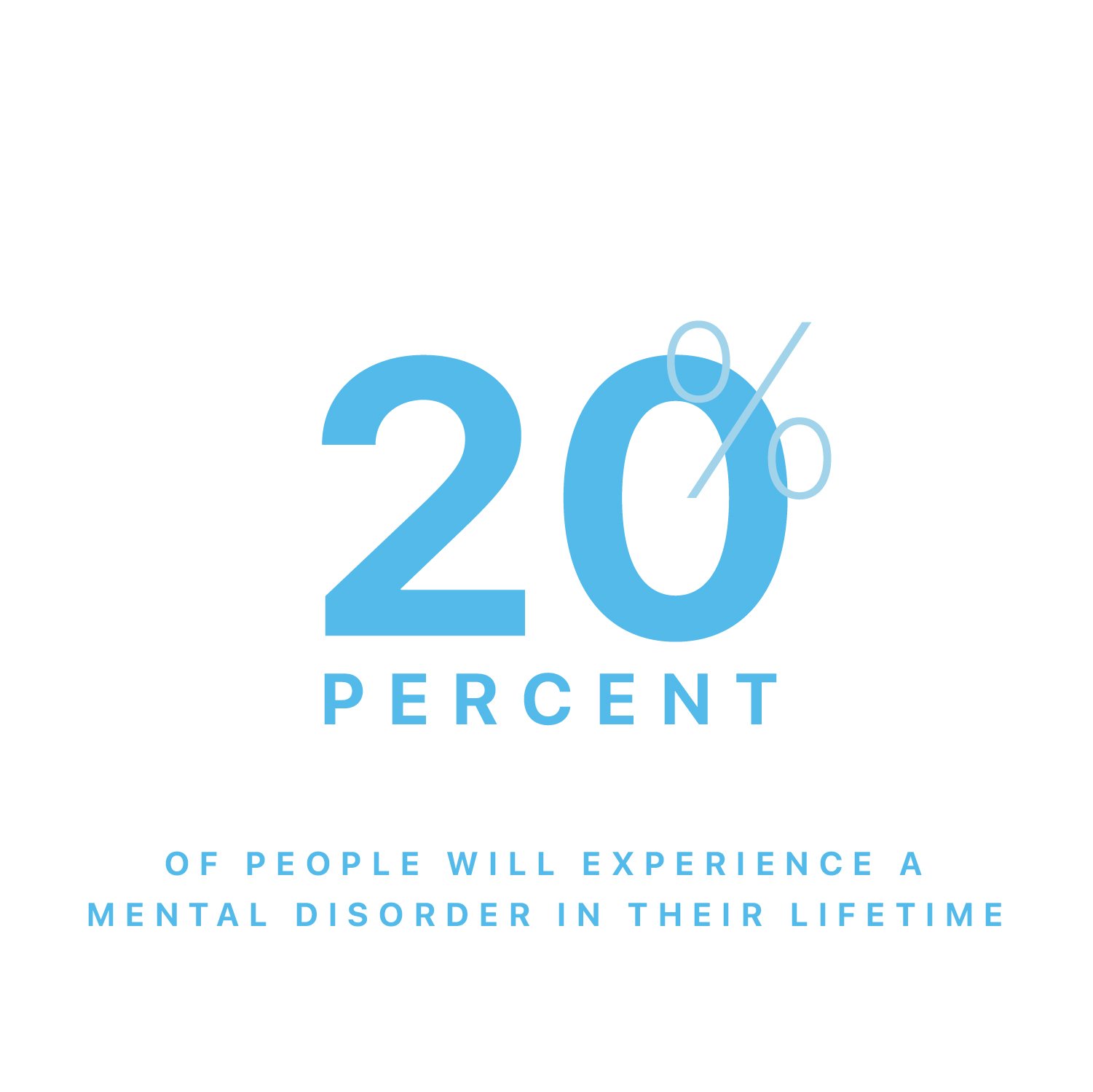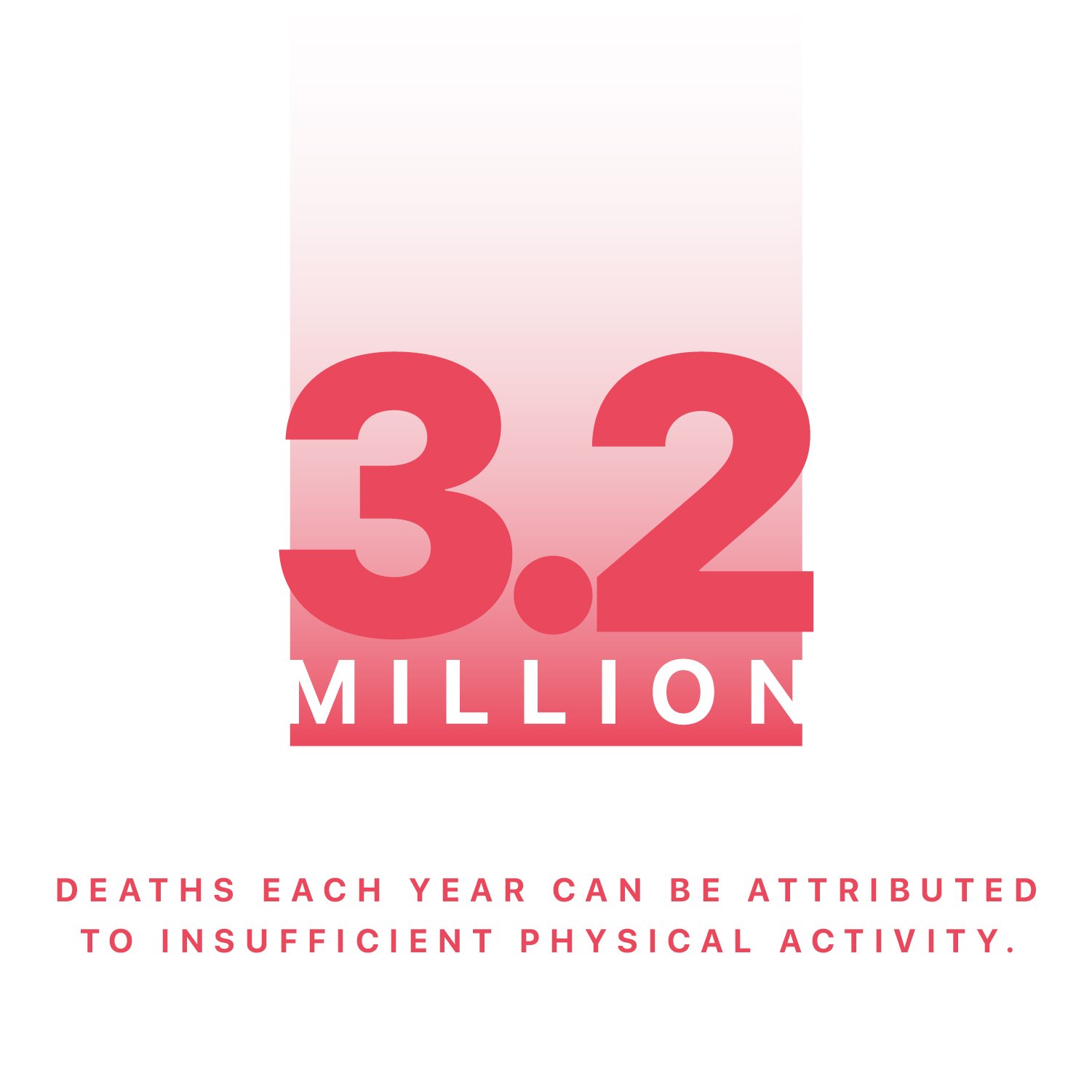
THE SCIENCE BEHIND VIIVIO
VIIVIO was built by a team of high performance scientists with PH.D.’s in physiology, nutrition and psychology.
Our group of expert scientists poured over the research to craft an algorithm unlike any other. And by poured, we mean POURED. This app took 3 years to design as we sifted through the latest research to identify what the key markers of overall health should be and how to track them in a simple way.
Then we waited patiently for technology to catch up to us.
In recent years, there have been major advances in wearable technology.
There are many fitness and sleep trackers out in the market, as well as countless nutrition and meditation apps.
We are huge fans of many of these but as we looked for tools to recommend to our clients, we kept running into one big issue - most fitness trackers and health apps focus on just one or two aspects of your health but we want to focus on all of them! Sleep, fitness, nutrition and mindset.
With that in mind, we kicked off our research and started building the app to answer these questions.
What physiological data will help us get a full picture of overall health?
How do we track all aspects of health without it becoming overwhelming?
How can we provide actionable feedback along with a score?
Can we give you individualized recommendations based on your own physiological data?
The result is the VIIVIO Health & Performance App.
WELL, IT TOOK SOME TIME AND SOME VERY LONG NIGHTS, BUT WE FINALLY DID IT!
To get a picture of overall health it’s about more than the number of steps you take in a day, the number of calories you eat or strictly about heart-rate variability. It’s about all of these things, and so much more.
Most importantly it’s about applying the science, tracking your progress, adding micro-enhancements over time and being consistent. So we designed VIIVIO to help you do this more effectively.
What does the research tell us?
The research shows that in order to achieve optimal health and performance, and to reach your true potential, there are four key health factors that need to be optimized - sleep, physical activity, nutrition and mindset.
Beyond that, each of these factors are deeply connected and interrelated. For example, if you favour fitness but neglect nutrition, your net health gains are compromised. Or if you focus on sleep at the expense of your mindset, again, your net health improvement is lessened.
Our research also shows that if we can help you make micro-improvements consistently, we can create new habits that stick.
When we install 1% wins consistently, our lives get better. Simple but not necessarily easy.
THAT’S WHERE VIIVIO COMES IN
A lot of time and expert research has gone into the creation of this app. From figuring out what physiological data we wanted to track, to creating the sophisticated algorithm and from developing the software, to fine tuning our user experience, we have left no stone unturned in an effort to create a tool that will expertly serve you and help millions of people around the world live healthy lives and perform their very best.

RESEARCH SOURCES
Since our team is made up of scientists, we know how important it is to site your sources. We know how much work went into the creation of this app so we have no secrets and nothing to hide.
If you’re interested in diving deep into the research that powers the VIIVIO algorithm, check out the peer reviewed articles below. These sources also helped shape The Ripple Effect - a book and companion course created by VIIVIO Founder and CEO Dr. Greg Wells.
RESOURCES
Aberg, Maria A. I., N. L. Pedersen, K. Torén, M. Svartengren, B. Bäckstrand, T. Johnsson, C. M. Cooper-Kuhn, et al. Edited by F. H. Gage. “Cardiovascular fitness is associated with cognition in young adulthood.” Proceedings of the National Academy of Sciences of the United States of America 106, no. 49. (2009): 20906-20911. doi: 10.1073/pnas.0905307106.
Adan, A. “Cognitive Performance and Dehydration.” Journal of American College of Nutrition 31, no. 2. (April 2012): 71-78. http://www.ncbi.nlm.nih.gov/pubmed/22855911.
Afaghi, A., H. O’Connor, and C. M. Chow. “High-glycemic-index carbohydrate meals shorten sleep onset.” American Journal of Clinical Nutrition 85, no. 2. (February 2007): http://www.ncbi.nlm.nih.gov/pubmed/17284739.
Alderman, B. L., R. L. Olson, C. J. Brush, and T. J. Shors. “MAP training: combining meditation and aerobic exercise reduces depression and rumination while enhancing synchronized brain activity.” Translational Psychiatry 6. (2 February 2016): e726. doi: 10.1038/tp.2015.225.
Andersen, A. H., A. Vinther, L. L. Poulsen, and A. Mellemgaard. “Do patients with lung cancer benefit from physical exercise?” Acta Oncologica (Stockholm, Sweden) 50, no. 2. (February 2011): 307-313. doi:10.3109/0284186X.2010.529461.
Anwar, Yasmin. “An afternoon nap markedly boosts the brain’s learning capacity.” UC Berkley News (22 February 2010): http://newscenter.berkeley.edu/2010/02/22/naps_boost_learning_capacity/.
Arem, H., S. C. Moore, Y. Park, R. Ballard-Barbash, A. Hollenbeck, M. Leitzmann, and C. E. Matthews. “Physical activity and cancer-specific mortality in the NIH-AARP Diet and Health Study cohort.” International Journal of Cancer 135, no. 2. (15 July 2014): 423-431. doi: 10.1002/ijc.28659. Epub 2013 Dec 18.
Avila, C., A. C. Holloway, M. K. Hahn, K. M. Morrison, M. Restivo, R. Anglin, and V. H. Taylor. “An Overview of Links Between Obesity and Mental Health.” Current obesity reports 4, no. 3. (September 2015): 303-310. doi: 10.1007/s13679-015-0164-9.
Ayers, E., and J. Verghese. “Locomotion, cognition and influences of nutrition in ageing.” Proceedings of the Nutrition Society 73, no. 2. (May 2014): 302-308. doi: 10.1017/S0029665113003716. Epub 2013 Nov 1.
Barton, J., R. Hine, and J. Pretty. “The health benefits of walking in greenspaces of high natural and heritage value.” Journal of Integrative Environment Sciences 6, no. 4. (2009): 1-18. doi: 10.1080/19438150903378425.
Bent, S., A. Padula, D. Moore, M. Patterson, and W. Mehling. “Valerian for sleep: a systematic review and meta-analysis.” American Journal of Medicine 119, no. 12. (December 2006): 1005-1012. doi:10.1016/j.amjmed.2006.02.026.
Benzie, I. F., and S. W. Choi. “Antioxidants in food: content, measurement, significance, action, cautions, caveats, and research needs.” Advances in Food and Nutrition Research 71. (2014): 1-53. doi: 10.1016/B978-0-12-800270-4.00001-8.
Bilton, R. “Averting comfortable lifestyle crises.” Science Progress 96, Pt. 4. (2013): 319-368. http://www.ncbi.nlm.nih.gov/pubmed/24547668
Bird, Dr. W. J. “Natural Fit. Can green space and biodiversity increase levels of physical activity.” Royal Society for the Protection of Birds (October 2004). PDF.
Black, D. S., G. A. O’Reilly, R. Olmstead, E. C. Breen, and M. R. Irwin. “Mindfulness meditation and improvement in sleep quality and daytime impairment among older adults with sleep disturbances: a randomized clinical trial.” JAMA Internal Medicine 175, no. 4. (April 2015): 494-501. doi: 10.1001/jamainternmed.2014.8081.
Blau, Rosie. “The Light Therapeutic.” Intelligent Life: What Light Does to our Health (May 2014):


